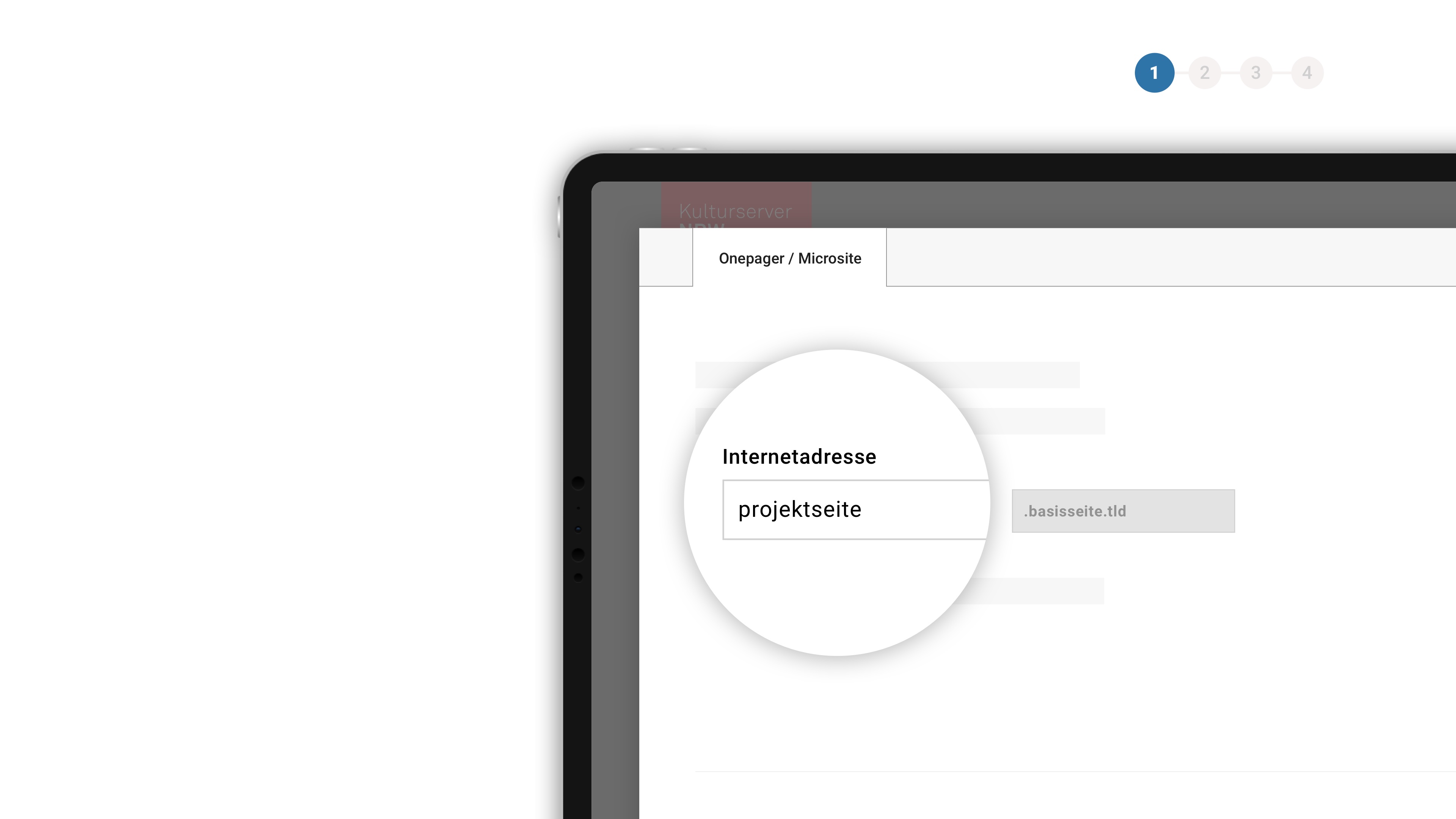Phasen eines Emanzipationsprozesses - Deutsche Oper Berlin
From the programme booklet
Stages of an Emancipation Process
Tobias Kratzer in Conversation with Bettina Bartz and Jörg Königsdorf
Of the three operas to be presented as a Strauss cycle here at the Deutsche Oper Berlin, ARABELLA was written last. Why start with this piece among the three?
Tobias Kratzer
There are different reasons to begin the cycle with ARABELLA. On the one hand, it is one of the most popular operas. I thought it would be interesting not to begin with a rarity, but with a work where certain audience preconceptions may be assumed, giving us material to play with. If you consider the works as the development of a relationship, this is the piece in which two figures get together – ARABELLA is the ‘dating opera’ among the three, if you will – while INTERMEZZO examines married life as such, and DIE FRAU OHNE SCHATTEN highlights a truly existential relationship crisis. In fact, it is a piece – and this is the main reason, to my mind – which introduces a very special relationship, not only that between Mandryka and Arabella, but also between Strauss the composer and his librettist Hugo von Hofmannsthal.
How is this relationship reflected in the piece?
Tobias Kratzer
There is hardly a Strauss opera in which the friction, which was always present between the two creators, is so apparent. You have the feeling that in Act I, everything is more or less in parallel – which is also due to the fact that Strauss was able to voice his wishes regarding revisions to Act I to Hofmannsthal, while in Act III, there is much more of a gap between music and text. Hofmannsthal died during the composition process, and Strauss’ respect for the deceased meant that he did not make significant changes to the text of Act III. That was different in Act I, where he had plenty of suggestions for Hofmannsthal – for example, that Arabella be given more material, making the figure a bit softer, removing many of her harsh, very pointed remarks along with some of her bitter replies. He wanted this woman to appear a bit more gentle, softer and also smoother than Hofmannsthal had envisioned.
Do Arabella’s statements propagate superannuated role models (e.g. “Und du sollst mein Gebieter sein” – “And you will be my master”)?
Tobias Kratzer
Perhaps they are not propagated as such, but superannuated role models are certainly an issue here. Indeed, it is a piece whose gender images are not necessarily au courrant, to put it mildly. And yet the reactionary element of the piece also conserves a certain contemporary element, of course. It is worthwhile exploring where we come from and what overcome remnants we may still bring to our relationships or gender issues. At any rate, it is obvious that the role models assumed between Arabella and Mandryka undergo a development during the course of the piece, and as a viewer, one undergoes an emancipation process with Arabella. That takes place sometimes in harmony with, and sometimes – to my mind – also against the music, simply because one has the feeling that Hofmannsthal is much further on, much more diverse than Strauss in this matter. The fact that the mellifluous harmonies and the affirmation of certain role clichés confirm something which is simultaneously undermined on an entirely different level in the text means that there is a tension within the piece – almost a counter-motion, actually.
The role of Zdenko/Zdenka might be considered one of the last trouser roles in opera literature. Is this figure more of an aesthetic ornament, or is it important?
Tobias Kratzer
Intriguingly, the first inspiration Hofmannsthal had for this tale was not the figure of Arabella, but that of her sister – or her brother, perhaps one cannot really say for certain – Zdenka/Zdenko. Early in his career, Hofmannsthal wrote a fragment, an early draft for a drama entitled “Lucidor”. Lucidor, the figure that later became Zdenka/Zdenko, embodied the first impulse to deal with this tale at all – the figure whose experience and suffering grew into the entire complex that became ARABELLA. At the time, Arabella was really a secondary figure, merely the sister. In Strauss’ work, in ARABELLA, this is reversed. This is because Strauss asked for more and more material for the titular sister, and Zdenko was – I would not say downgraded, but certainly reduced to a dramaturgical clou. The fact that Zdenka must dress up as a man, as Zdenko, is a comedy plot staple. I decided to strengthen this strain of the story considerably – thereby following Hofmannsthal’s lead – because one does have the feeling that this piece ‘pulsates’ in this secondary figure, that she is really the secret main figure.
Which male role models do we see in ARABELLA?
Tobias Kratzer
The piece is saturated with toxic masculinity. Yet once again, here the piece may not be wiser, but certainly more ambivalent than its composer. One of the tell-tale roles is Matteo, for example, who, according to the libretto, goes to bed with the “wrong” woman at the beginning of Act III. Of course that is an ancient element of comedy, but the realism of the piece makes it hard to make this one hundred percent believable. That, to me, seems to hide a deeper truth, for later we learn that he was really always in love with his male companion, and perhaps this deception – which perhaps was not even a deception, but a game with open visor – was necessary to bring him to his true destiny. Much of what superficially seems like an operetta or comedy plot twist here has a much more serious background, and far deeper emotional meaning.
Can Arabella’s reasonable action at the end be interpreted as a new female role model, or a role model for humanity as a whole?
Tobias Kratzer
I’m not convinced it is reason that drives Arabella in the end. I think it is more of a consciousness that the roles cannot be fixed for all times – no matter in which direction – but that every couple relationship, and every major relationship, requires the repeated renegotiation of roles, and that this is a life-long process, never done. Over the course of time, things may change in this direction or that – without having to be fixed. I think that this consciousness of fluidity makes the piece incredibly modern.
Is the notion of Prince Charming, as evoked in Arabella’s “Aber der Richtige…”, still valid today?
Tobias Kratzer
Has it ever gone away? There are entire reality TV formats entitled “Prince” or “Princess Charming” or “The Bachelor”. So I think as a hope and as a role model and expectation of men and women, this will never go out of fashion, but presumably it will never come true one hundred percent. In this regard, the piece is actually quite amusing, because it builds up this incredibly ideal façade in Act I, but then destroys it from one act to the other, through the nature of its own conditions. Even in Act II, the purported Prince Charming is exposed as quite the choleric type. And in Act III he is then forced to repent, or is put in his place, or exposed, as in a comedy of yore. This is inherent in the piece, which is a process of development. On the other hand, the opera also outlines the emancipation process of a woman in the figure of Arabella, who initially cannot even imagine being a complete human being without the right man, but then develops into a very self-determined personality. Interestingly, both developments are inherent in the piece from the very beginning. We are looking at a permanent learning curve, a continuous, fluid readjustment of attitudes, which the piece describes along the way.
Does the opera contain references to contemporary history? After all, it was written at the end of the Roaring Twenties and first performed just as National Socialism triumphed in Germany?
Tobias Kratzer
I think one can read the piece in different ways, including as an escapist operetta fantasy consciously attempting to insulate itself from its own times – that would be one interpretation. I also think the piece does not trace the political movements of the time of its writing in detail. After all, it is conceived very much from a pre-World War II vantage point – it tends to address the vagaries of the economic crisis more than anything else. It is shot through with the economic question of how, given the impoverishment of Arabella’s family, a private relationship can be found and lived out, independently of this state. However, that is not my primary interest in staging it – rather, I want to look at the female and male role models it codifies, and in this context, I notice that shortly before 1933, the piece actually looks back to the second half of the 19th century, a time that was actually far more restrictive than what was possible in Germany just a decade before the opera’s premiere, in the early 1920s. The freedom, the liberalism also in sexual mores and questions, which can also be found in the works of more progressive composers of the time in the form of aesthetic libertinage, is absent here. On the contrary, it is almost a reactionary counter-movement. This, however, is the very element that makes palpable the grief at a loss of a freedom which existed shortly before. In this production, I try to emphasize that an emancipation process or a process of social development is not always linear, but that they sometimes take the form of waves, that much of what had to be re-established in the 1960s had already been possible in the 1920s, and that the 1950s, for example, despite being a time of liberation after National Socialism, continued many of the restrictions instituted during that time.
The production also traces a chronological development. It begins in 1860 and lands in our present time. Is the arrival in 2023 the equivalent of a happy end?
Tobias Kratzer
This begs the question whether happy ends have even existed since the arrival of modernism, or whether the happy end has always been one with reservations, or only temporary. It is like a short-lived feeling of bliss: you cannot hold on to it. Happiness is always the previous moment, or the following moment, or the moment of the experience itself – but it is never a lasting state. And thus, the happy end here is the temporary result of a learning process many of the figures undergo. The fact that Mandryka and Waldner, the male figures in particular, undergo a development of their own in Act III – it’s important to me to show that. I don’t know if it’s a happy end, but I believe that each figure has undergone a kind of liberation process. And the newly-attained plateau may be the point of departure for new adventures and insights. Matteo finds an identity, discovering that perhaps he does not love what his duty as a solder prescribes. Arabella undergoes a classic emancipation process; Zdenka/Zdenko suffers a major identity crisis, ultimately leading her, or him, to a totally different insight. And even the older generation, i.e. Waldner and Mandryka, is already learning that perhaps the world is less binary or one-dimensional than they imagined so far.
Like Wagner’s, Strauss’ music has had a major influence on film music. Did the film or soundtrack-like quality of this music give rise to the idea of using video and film technology, or are the reasons for this less aesthetic than a question of content?
Tobias Kratzer
The decision to use video had nothing to do with the piece’s “film music character”, for I think that the music is very, very strong as genuine theatrical music, perhaps even stronger than as film music, because it is incredibly detailed and accurate. Since it illustrates not only individual movements, but also motifs in minuscule detail, this is not so much a leitmotif technique than one painting the world in vibrant colours on the spot, with almost exaggerated attention to details and colours. This often has a certain wit, almost a kind of tautological humour.
The video element has nothing to do with this. I believe that historicity – this is relevant mainly to Act I, which we have set in the 19th century – can hardly be grasped by stage representation anymore today, because it quickly gets reduced to stage clichés, and that blocks our access to the figures’ psychological truth. Therefore, this historical level in Act I is also always a reality that is conveyed by these live cameras, focusing more strongly on historical detail than the wide angle.
The production draws clear lines between the three acts with regard to the use of video. Each act employs a different technique, a different aesthetic.
Tobias Kratzer
To me, the decisive thing is that each act has its very own mode of performing, an aesthetic foundation of its own. One could describe the first one as purely a period drama set in the 19th century, with accurate, meticulously opulent sets and props. This, however, is continuously reinforced by the live cameras, transforming everything into a black-and-white look and therefore always alluding to this historical aspect.
Act II is purely analogue acting, further emphasized by choreography. Foregoing film technology entirely, this ball in Act II, which is really only the hallway outside a ballroom, turns into a time tunnel, reflecting the chronological development of the figures through various stages and epochs.
In Act III, the video element returns. This time, it is a pre-recorded film, showing us how the action would have continued if we had remained within the confines of Act I. What would have transpired, historically, between the figures or with the figures, around 1860/1880? The stage action contrasts this, where you see the figures grappling with similar problems today, in real time, how they may find other solutions for them, and also how solutions available to them in the 19th century – some protective, some brutal – are no longer viable. The classic duel is replaced by an almost embarrassing, awkward fistfight. At the same time, very rigid moral norms are supplanted by a much greater openness, liberating the figures. To me, this contrast between the second and the third act reflects not only the difference between the 19th century and 2023, but ultimately also that between the composer and the librettist. One could say that the video in Act III shows a kind of exalted vision of Strauss’ ARABELLA, while the greater freedom dominating the action of the figures on the live stage may correspond better to the open-mindedness and diversity which Hofmannsthal had anticipated, avant la lettre.
Translation: Alexa Nieschlag





